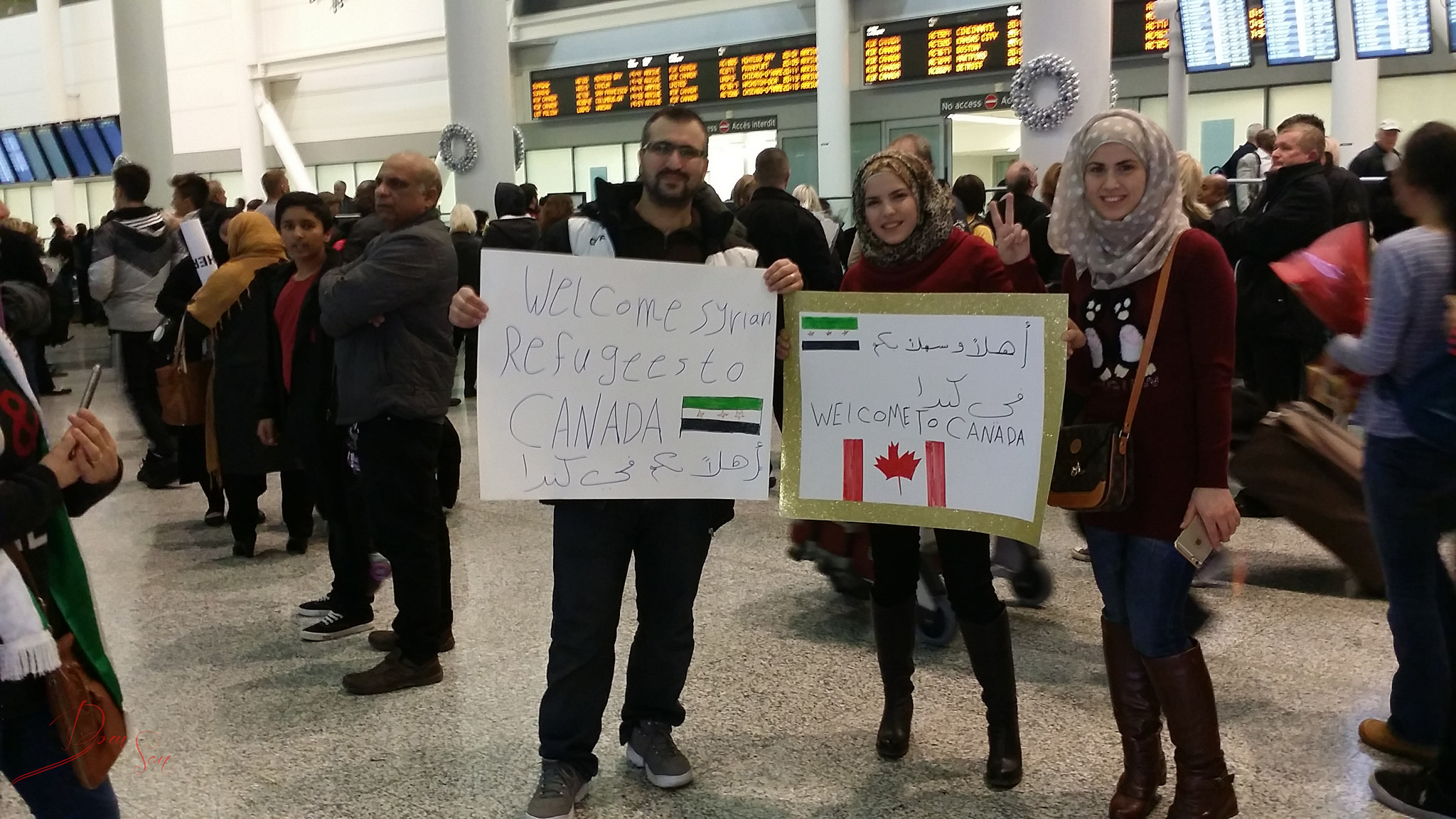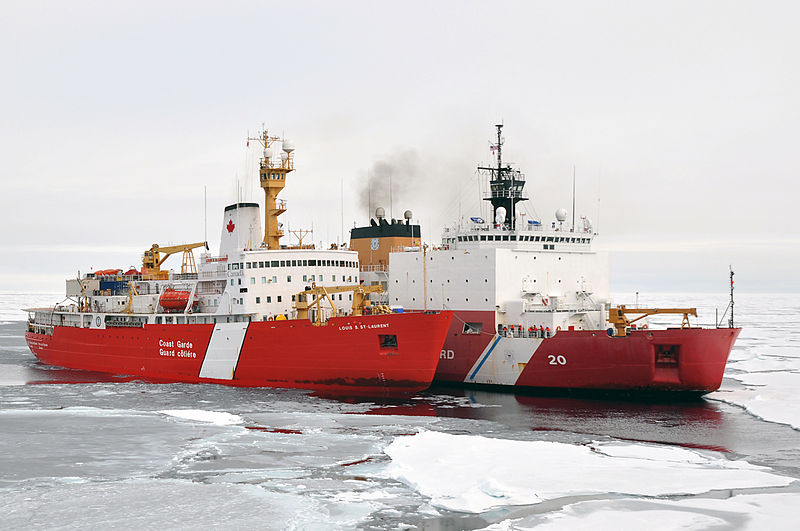Canada made headlines when Justin Trudeau literally and figuratively opened his arms as Prime Minister to welcome refugees into the country. Under the federal government’s #WelcomeRefugees initiative, over 40,000 Syrian refugees have relocated to Canada in the past year. The year 2016 saw the largest number of refugees to enter Canada since 1980.
The arrival of the Syrian refugees marked a pivotal point for Canada as a chance to demonstrate its reputation as a caring and inclusive nation. The world looked to Canada for exemplary refugee resettlement practices. In fact, the United Nations has openly praised Canada’s refugee resettlement model and urged other parts of the world to adopt such a system. Now, for many refugees the day marking their first year in Canada has come and gone and the honeymoon phase is coming to an end.
Syrian refugees arriving in Canada are either privately sponsored by a family or community or they are given government support. The federal government of Canada provides 12 months of financial support for UN-sponsored Syrian refugees. #WelcomeRefugees is a campaign to involve individuals and businesses in the resettlement of Syrian refugees. Individuals can provide financial support or volunteer their services. Businesses can also provide money, time or jobs to support refugees who do not receive direct government support.
Month 13 marks a significant time for Syrian refugees as a time for them to “stand on their own”. Given refugees are provided 12 months of financial assistance from the federal government, month 13 is when both privately sponsored and government sponsored refugee families will no longer receive financial assistance. At that point, refugee families have the opportunity and obligation to continue their resettlement without financial assistance. Month 13 has come and gone for several sponsor families and the impact on the Syrian refugee families has varied.
Federal and provincial governments are working with and endorsing local agencies and other community tools such as ESL classes and language interpreters to assure the transition goes smoothly. Private sponsorships by Canadian families or communities donating their time and money would end as well – which for many, was an emotional and symbolic transition as well as financial. Studies find that privately sponsored families generally fare better economically than government sponsored families. The non-financial, psychosocial support the refugee families receive, including the access to the sponsor’s network and advice is substantially valuable and helps them to acculturate into Canada faster. In fact, many privately sponsored refugee families mention the social support they receive from families is just as important as the financial – and that is what they miss the most after month 13.
While there are several case studies and personal stories of refugee families, statistics on their integration and relocation are in their infancy. It is expected that anywhere between 50 and 90 percent of families will transition from government assistance to welfare – as critics of the proposed 12-month financial support plan argue, a year is not enough for refugees to be comfortable on their feet in a new country with a new language, new culture, new political system and new way of life.
The global Syrian refugee crisis, which has mobilized parts of the world to act out of compassion, has also received heated backlash. Even though Canada is regarded as one of the most welcoming countries for refugees, one in four Canadians, according to an Angus Reid poll, thinks Canada needs to have an immigration ban akin to Trumps travel ban. Several negative tropes persist around the inclusion and invitation of migrants into the country, and 41% of Canada’s population thinks inviting 40,000 migrants is too many. While there are many reasons for this backlash (political, racial, economic) one of the main factors impeding support from Canadians was the fear of the economic burden the relocation program would have on the Canadian economy.
In 2015, the federal government proposed a $678 million refugee budget towards the #WelcomeRefugees campaign to bring refugees in to Canada quickly. From 2015 – 2021, the federal Liberal party has set $1.2 billion to support the relocation and integration of Syrians into Canadian society. Many Canadians fear the already bloated social assistance program will not be able to handle the number of Syrian refugees arriving. However, a deeper look at the figures exposes the myth behind the fears. While $678 million seems like a large figure, it is in fact only 0.2 percent of the annual federal budget. Even if all the refugees do in fact end up on welfare assistance, it will only increase the overall social assistance caseload by 2.8 percent given 1.27 million people already receive social assistance in Canada.
Furthermore, there is evidence from past refugee arrivals to support the claim that the refugees will in fact provide a huge economic boost for Canada. Over 50,000 Vietnamese refugees arrived in Canada between 1979 and 1981. Now, many individuals and their offspring from this group are contributing extensively towards the Canada economy and society, including as doctors, lawyers and teachers. Several people from this group are acting as sponsor families for Syrian refugees as well. The economic benefit to Canada from the Syrians will especially be helpful in “have-not” regions, such as Atlantic Canada who are counting on the economic stimulation created by young Syrian refugees. An analysis done by VanCity credit union finds that Syrian refugees in BC alone may generate over $560 million in economic activity over the next 20 years.
Furthermore, according to Census 2016, Canada now has more seniors than children. Close to 50% of the Syrian refugees are under the age of 18. Canada will benefit from the extensive number of youth. In order to stimulate economic activity and ward off a stagnating economy, immigration remains a highly important factor. Immigration is a way to replace the retirees in the labour force, especially since it is not being replenished by youth born in Canada.
Canada has a chance to completely change its perception of the Syrian refugee crisis. As Month 13 looms for many Syrians who are trying their hand at integrating into Canada without financial assistance, it is a pivotal point in the country’s ability to see their presence as a blessing as opposed to a burden.
Photo: “First Syrian Refugee family landed in Toronto” (December 9, 2015), by Domnic Santiago via Flickr. Licensed under CC BY 2.0.
Disclaimer: Any views or opinions expressed in articles are solely those of the authors and do not necessarily represent the views of the NATO Association of Canada.




